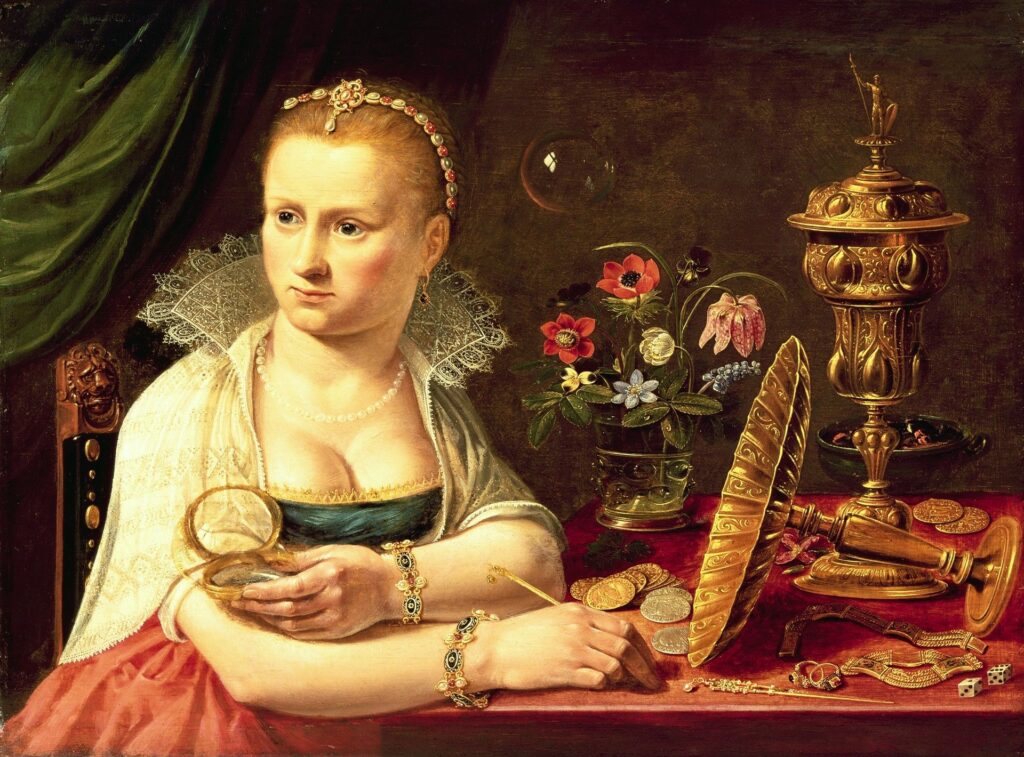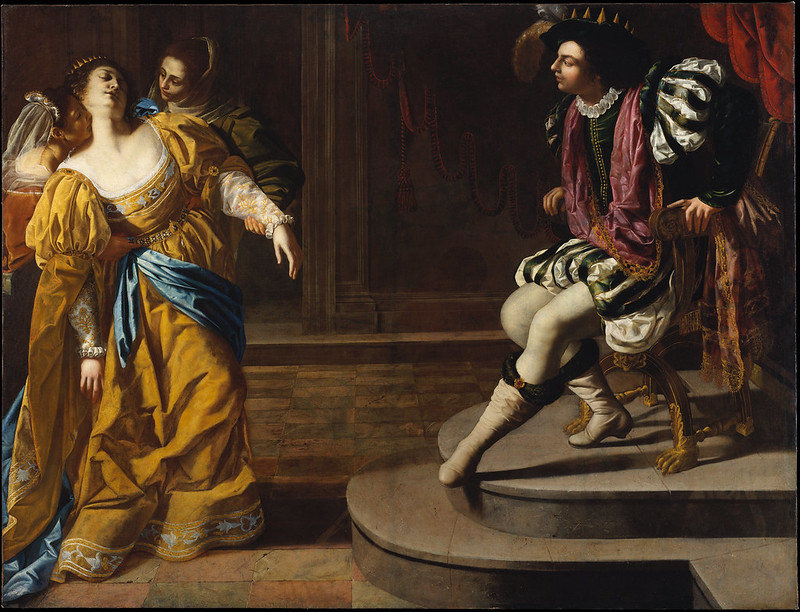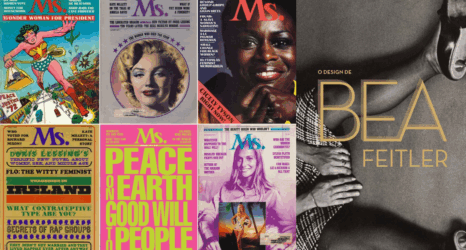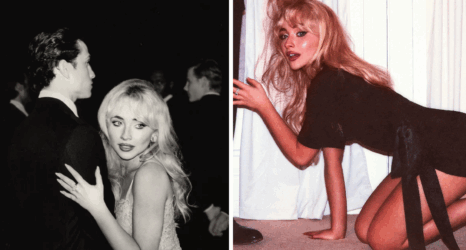Men have long been the arbiters of what counts as great in art, and too many women artists were written out of history by critics—creating the myth of the Great Male Artist.

Have you ever heard of the artist Clara Peeters? Unless you majored in art history, probably not. She painted during the Dutch Golden Age and was an admired colleague of Rembrandt. (You have heard of him.)
Peeters’s work is exquisite—lush portraits of food and flowers created with a stunning intricacy. As recently as ten years ago, you could have bought one of her paintings for a comparative song. Now the Metropolitan Museum in New York City has just acquired one of Peeters’s opulent paintings, calling her a foundational figure in art history whose work “suffered from centuries of neglect.”
Peeters started regaining attention in 2016 when the Prado Museum in Madrid gave her a solo show—their first ever for a woman artist. The curator of the Prado exhibit, Alejandro Vergara, praised the brilliance of Peeters’s still life paintings and pointed out that if you look closely enough, many include a miniature self-portrait—a reflection of Peeters’s face on a shiny goblet. “She’s really trying to be seen,” he said.
Women artists have always had a hard time being seen. A woman artist today has a better chance of being recognized than Clara Peeters did, but gallery owners know that it’s often men who have the big money to splurge on art, and their unconscious bias in choosing which artists to display is very real. There are no absolutes of quality in art—it’s all about perception and critical acclaim. Men have long been the arbiters of what counts as great in art, and too many women artists were written out of history by critics—creating the myth of the Great Male Artist.
The work of female artists now being rediscovered is both extraordinary and important. In 2018, the National Gallery in London acquired a painting by Artemisia Gentileschi, one of the extraordinary and often overlooked artists of the Renaissance. Reason to cheer? Yes, but Gentileschi became only the eighth female artist in the collection which has over 700 male artists. In America, the numbers are about the same, with women representing about eleven percent of the works owned by major museums.

Gentileschi did amazing work in 17th-century Italy (it was a great time and place for painting), and she was the first woman to be accepted into the art academy in Florence. As a young teenager, she learned about color and technique in the workshop of her father, who was also an artist. Proud of her enormous talent, he hired a well-known artist to tutor her privately. It didn’t end well.
One day in the studio, the tutor brutally raped her. During the trial, Artemisia was tortured with a thumbscrew to prove that she was telling the truth. Her rapist got a sentence of exile from Rome that was never carried out. She moved to Florence and went on to do bold and important work, often showing defiant women bonding together or triumphing over men.
In the days when artists’ guilds were all male, a woman could learn painting only if she had someone at home willing to teach her. The other option was to be a nun, since women in convents had ironically more freedom than many of their contemporaries and their genius could be recognized and nurtured.
Plautilla Nelli painted a huge Last Supper in the 1570s that is a startling 21 feet long and six feet high. Its rich artistry puts it in a league with some of the other great renderings of the scene. Nelli entered the convent at age fourteen and soon had her own guild of nun-artist apprentices. You can’t paint something that large without a little help, and a convent was about the only place where a woman at that time could get people to work with her.

Nelli’s great piece was hidden from public view for 450 years—consigned to warehouses, private halls and storage rooms. Rediscovered a few years ago, it underwent four years of restoration by an all-women team and is now on permanent display in a museum in Florence. How did she manage to paint the male apostles with such dexterity? Before Leonardo da Vinci painted his Last Supper, he dissected corpses to learn the details of male anatomy. Nelli not only never dissected a male body—it’s a good bet that after become a teenage nun, she never saw a man’s body at all.
Men’s efforts to shield women can often be fronts for controlling them and keeping them out of power. If a woman can’t get access to a paintbrush, a lesson in perspective, or a chance to understand anatomy, it’s a rocky road to becoming an important painter. When the men suppressing all her opportunities claim that they’re doing it for her own good, she’s less likely to notice how wrong it is and object.
Meanwhile, if people keep telling a woman (or anyone) that it’s dangerous or wrong for her to do something she loves—like paint or draw or exist outside of a man’s control—there’s a good chance that after a while, she’ll believe them and stop trying.
Somehow Clara Peeters, Plautilla Nelli, Artemisia Gentileschi and other female artists were able to ignore the messages. These women artists who found a way around the limits imposed on them and let their genius in art shine through are a reminder that it’s high time we disrupt the narrative about what is worth seeing—and look with different eyes.
You may also like:





